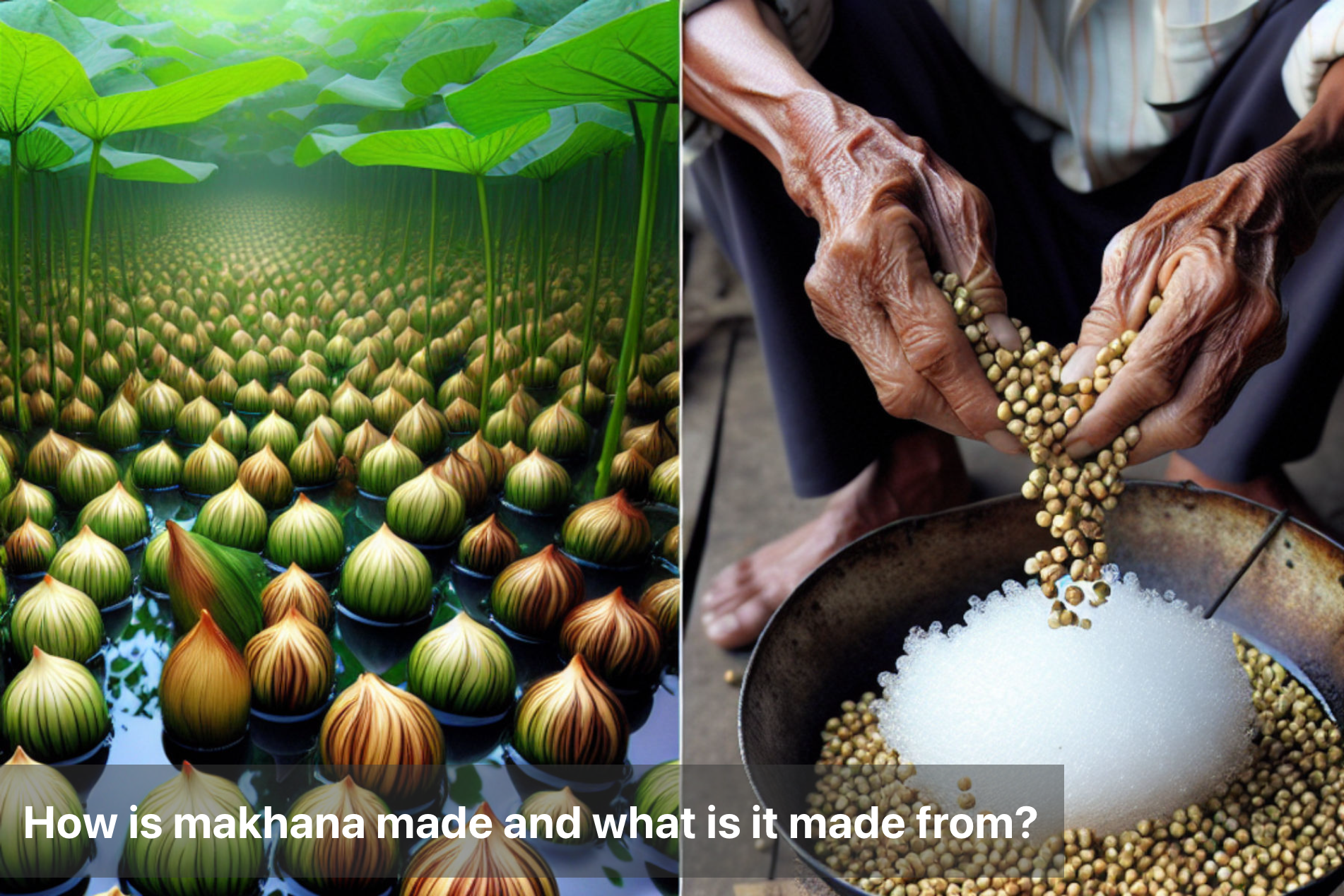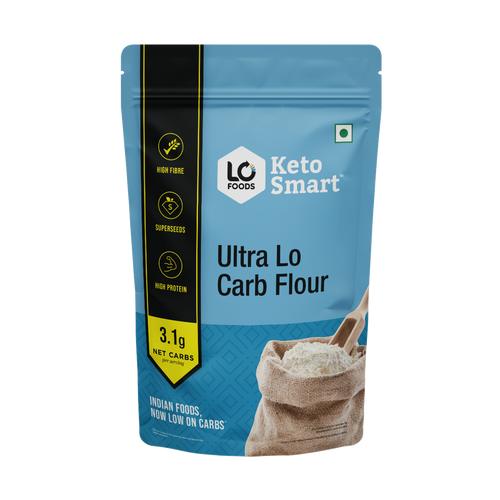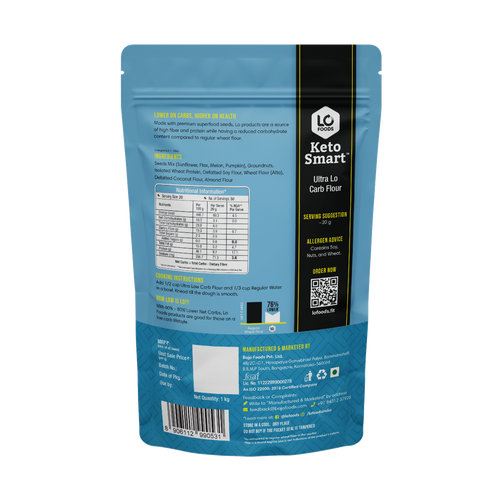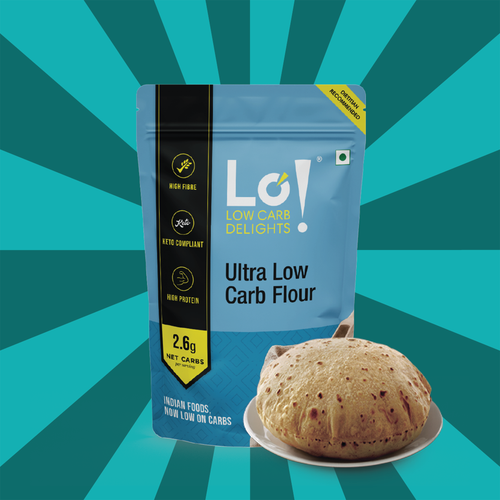
How is makhana made and what is it made from?
Makhana, also known as fox nuts or lotus seeds, has gained immense popularity in recent years due to its versatility and health benefits.
Makhana is made from the seeds of the Euryale Fox plant, which thrives in waterlogged areas. In traditional cuisines, especially in India, makhana is often roasted and seasoned, creating a nutritious snack that is enjoyable on its own or as an ingredient in various dishes.
What sets makhana apart is its impressive nutritional profile. It's low in calories yet high in protein, making it an ideal choice for those watching their weight or seeking healthy snacks. Furthermore, makhana is made up of essential nutrients, including magnesium, potassium, and antioxidants, which contribute to overall health.
Incorporating makhana into your diet can be simple. You can add it to soups, salads, or use it as a topping for desserts. With its growing recognition in health circles, it's clear that understanding how makhana is made and what it is made of can enhance its appeal even further.

Nutrition Table for Makhana (fox nuts) per 100 grams
|
Nutrient |
Amount |
|---|---|
|
Calories |
350 kcal |
|
Total Fat |
1.4 g |
|
Sodium |
1 mg |
|
Total Carbohydrates |
72 g |
|
Vitamin B1 (Thiamine) |
0.2 mg (12% DV) |
|
Vitamin B2 (Riboflavin) |
0.2 mg (12% DV) |
|
Vitamin B3 (Niacin) |
1.1 mg (6% DV) |
|
Iron |
3.0 mg (17% DV) |
Ingredient List of Makhana
-
Raw Lotus Seeds
-
Water
-
Sand (optional, for traditional roasting)
-
Salt (optional, for seasoning)
-
Edible Oil (optional, for flavored makhana)
-
Spices and Herbs (optional, for flavor variants)
-
Preservatives (optional, for shelf-life extension)
The Process of Making Makhana
-
Harvesting: Makhana seeds come from the Euryale Fox plant, which grows in ponds and marshy areas. The seeds are harvested once they mature in the late summer or early autumn.
-
Extracting the Seeds: The seeds are carefully extracted from the lotus flower’s pod. The pods are cut open, and the seeds are separated.
-
Drying: After extraction, the seeds are cleaned and dried in the sun to remove excess moisture. This is crucial for preserving them.
-
Roasting: The dried seeds are roasted to turn them into makhana. This is typically done over a medium flame in a large pan, and the seeds pop, much like popcorn, turning into a crunchy, puffed snack. The roasting process helps to enhance the flavor and texture, making them light and crispy.
-
Cleaning: Once roasted, the makhana is cleaned to remove any debris or impurities, ensuring it is ready for consumption.
-
Packaging: The roasted and cleaned makhana is then packaged, ready for sale as a healthy snack, often seasoned with salt or other spices for flavor.
Benefits of Makhana
-
High in Protein: Supports muscle building and repair.
-
Low in Fat: A healthy snack option with minimal fat and calories.
-
Rich in Fiber: Aids digestion, promotes fullness, and helps in weight management.
-
Promotes Heart Health: Magnesium content helps maintain blood pressure and heart health.
-
Antioxidant-Rich: Helps protect cells from oxidative stress and supports overall health.
-
Regulates Blood Sugar: Suitable for people with diabetes due to its low glycemic index.
Creative Ways to Add Makhana to Your Diet
-
Makhana with Yogurt: Add roasted makhana to a bowl of yogurt with fruits, nuts, and seeds for a nutrient-packed breakfast or snack.
-
Makhana Popcorn: Pop makhana in a hot pan with a little oil, then season with your favorite spices for a healthy alternative to traditional popcorn.
-
Makhana in Soups: Add makhana to soups for added texture, especially in creamy or vegetable-based soups.
-
Makhana in Paratha: Use ground makhana as a filling in parathas or wraps for added crunch and nutrition.
-
Makhana and Veggies: Toss makhana into a vegetable curry or mix it with sautéed vegetables for extra protein and crunch.
-
Makhana Smoothie Bowl: Top a smoothie bowl with roasted makhana for a crunchy contrast to the creamy texture.

The Journey of Makhana: From Seed to Snack
Makhana, also known as fox nuts or lotus seeds, has gained recognition for its impressive nutritional profile and versatility in various dishes. Understanding how makhana is made can deepen your appreciation for this superfood. It is primarily harvested from the seeds of the Euryale Fox plant, which thrives in the waters of lakes and ponds. The process of making makhana involves careful harvesting, drying, and roasting, transforming the raw seeds into a crunchy and delicious snack.
Incorporating makhana into your diet is a simple yet effective way to boost your health. Makhana is rich in protein, fiber, and antioxidants, making it a perfect choice for those seeking healthier snack options. This nutty delight supports weight management, heart health, and even acts as a natural remedy for conditions like insomnia due to its magnesium content.
By adding makhana made up of nutritious components to your meals, you enrich your diet while enjoying its delightful texture and taste. Ultimately, making makhana a part of your regular food choices is a small step towards a healthier lifestyle.
This Blog post is an initiative by Lo! Foods, to provide accurate and Nutritionist / Doctor approved information related to Health. Lo! Foods is India's leading brand for Everyday Functional Foods. Foods designed for specific Health conditions or Needs. Lo! Foods also runs India's largest range of Low Carb Healthy Cloud Kitchens, under the brand names of Lo!, ProteinChef, ATH (All Things Healthy) and DiabeSmart.















Leave a comment
Your email address will not be published.